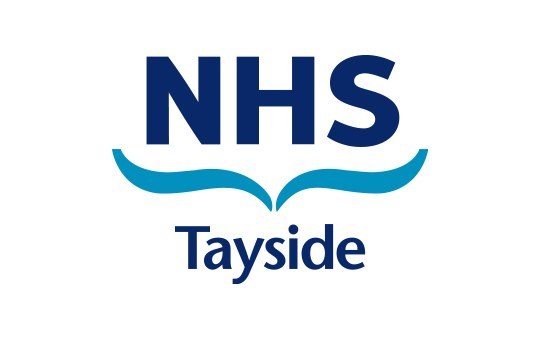Rocketing numbers of diabetic patients in Tayside are getting improved care, health bosses have been told.
There has been a 109% rise in the numbers of type two diabetics over the last 11 years, from 9005 in 1999 to 18,786 last year and the prediction is that the upward trend will continue, reaching an estimated 24,000 by 2015.
Diabetes now affects one in 12 people over the age of 40 in Tayside and almost one in seven of those over the age of 65 in the region.
Changes in the way services are delivered to diabetic patients in recent years means that most of their care takes place in family doctor practices rather than hospital clinics.
On Thursday NHS Tayside’s finance and resources committee agreed to make payments to local GPs of almost £1 million over the next two years to continue to provide enhanced services for diabetic patients.
NHS Tayside’s associate medical director of primary care Dr Michelle Watts said, “Despite the increasing numbers of people being diagnosed, there has actually been a reduction from 12% to 2% of people being referred in to specialist services (hospital).
“We are treating people closer to home and out-patient waiting times are now well within national targets as a consequence of this.”
Dr Watts said patients were getting improved services with better outcomes, pointing out there was a reduction in “complications” such as amputations and associated eye problems. There was also evidence of fewer deaths.
She said funding the enhanced services through NHS Tayside’s mainstream budget would sustain the improvements.
Without continued support of services in surgeries and health centres, it was estimated that “a minimum” of an extra three hospital consultants, plus support staff and clinic space, would be required to look after the diabetic population.
Dr Watts said diabetes was predicted to increase at a rate of 5% a year. With an increasingly elderly population it was important to deliver services as close as possible to people’s own homes and avoid long trips to hospital, if possible.
She added that investing in efforts to identify the condition at the earliest possible stage helped to reduce complications.
